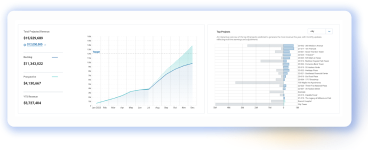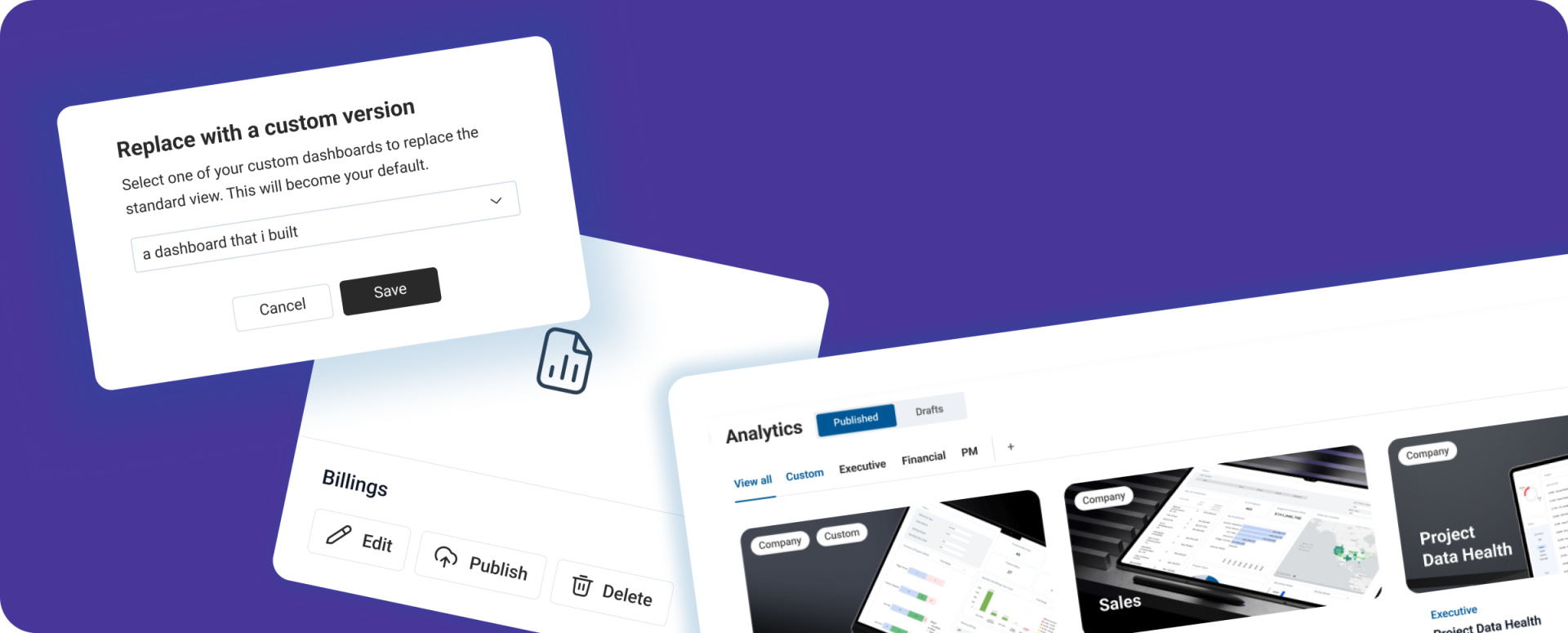Construction contractors already have the data they need to run their projects and businesses more efficiently.
That was the central theme of the April 26 episode of Hugh Seaton’s highly informative “Constructed Futures” podcast, a weekly conversation about the future of our built environment, featuring outside experts and seasoned leaders in construction, architecture and more.
The episode was titled “Real-World Uses of Data in Construction with ProNovos.” It featured Bruce Orr, Founder of Atlanta-based ProNovos and a 20-year veteran of data analytics, and J. Wickham “Wick” Zimmerman, CEO and Co-Founder of OTL, a design-build contracting firm known for its rock work, themed environments and specialty water feature projects for commercial properties all over the country.
Zimmerman has been a ProNovos client for several years and has transformed OTL into a data-driven organization. What began with automated dashboards and reports based on OTL’s data from Foundation rapidly turned into advanced analytics.




